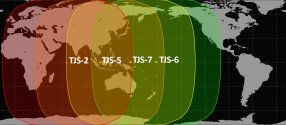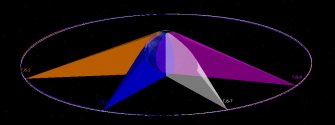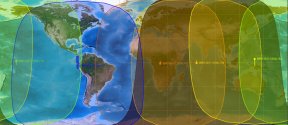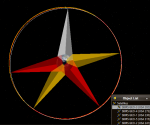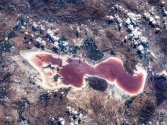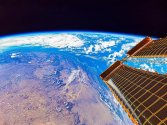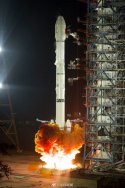You are using an out of date browser. It may not display this or other websites correctly.
You should upgrade or use an alternative browser.
You should upgrade or use an alternative browser.
China's Space Program News Thread
- Thread starter crazyinsane105
- Start date
- Status
- Not open for further replies.
Darn. I was hoping for a Venus flyby.
Why would a spacecraft primarily meant for operation near the gravitational sphere of influence of the earth carry enough fuel for the sort of delta V required to go to Venus?Darn. I was hoping for a Venus flyby.
Why would a spacecraft primarily meant for operation near the gravitational sphere of influence of the earth carry enough fuel for the sort of delta V required to go to Venus?
IIRC, the delta V from the Earth-Sun L1 to the Moon is 200 m/s more than from the L1 -> L5 ->Venus Hohmann.
I suspect that's the reason why people were thinking it'd be doable. Fuel isn't really the issue.
There are other considerations though, of course.
TAIYUAN, Sept. 7 (Xinhua) -- China sent a new Earth observation satellite into space from the Taiyuan Satellite Launch Center in northern China's Shanxi Province at 11:01 a.m. Tuesday (Beijing Time).
The satellite, Gaofen-5 02, was launched aboard a Long March-4C rocket and entered its planned orbit successfully.
It was the 387th flight mission of the Long March carrier rocket series.
You tell us. Weren't you educated in the field?Why would a spacecraft primarily meant for operation near the gravitational sphere of influence of the earth carry enough fuel for the sort of delta V required to go to Venus?
It is actually very different. Canted legs on a stool works because static forces on the legs change in response if the stool begins to tilt. This produces a torque to counter act the tilt. The angled plumes produce the same thrust regardless of whether the rocket is tilting or not. Angling the plume does nothing to improve stability. The plumes must be actively throttled or gimbled to vary the forces they transmit to the rocket to help the rocket stabilize.
You needn’t argue with me. My degrees are in engineering physics and astronautics.
Yes!!! CMS is going to arrange a 24h livestream cam of the CSS as well as holding a discussion on space photojournalism! They're finally improving PR!
- Status
- Not open for further replies.

